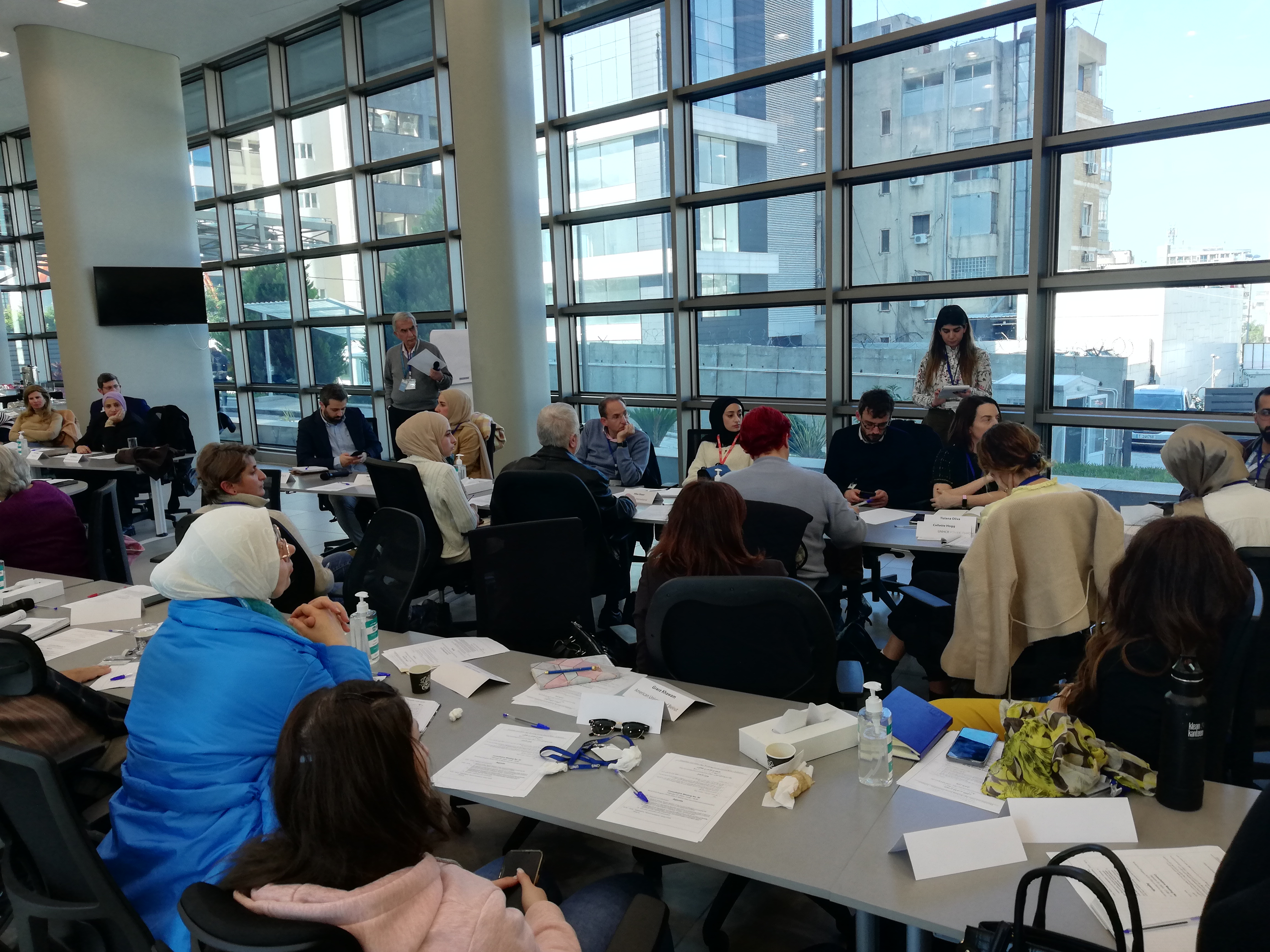DaOWAG's Sub-Working Groups Meeting
WRF organized a two-days follow-up meetings of the Disability & Older Age Working Group (DaOWAG) for those who expressed interest in being part of the sub-working groups.
The purpose is to set the members' plans and related mechanisms of work (approaches and processes) to achieve their objectives within a defined time frame, thus enhancing the Advocacy and Coordination Agenda and Targets of DaOWAG.
The session aims to tackle the insufficient government support and coordination and to devise effective strategies that bridge the gap between advocacy efforts and decision-makers within the government.
Discussion Highlights
Mapping Decision Makers and Authorities A proposal was made to create a map of decision-makers and legislative authorities to streamline efforts.
Focused Efforts on Existing Initiatives An emphasis was placed on directing efforts towards advocating for ongoing projects rather than initiating new ones.
Practical Steps for Impact A strategy involving small practical improvements, particularly in local inclusion and accessibility initiatives, was discussed for creating immediate impact.
Strategic Advocacy A comprehensive strategy including advocacy for various decision-making levels, strategic planning, clear objectives, and evidence-based proof was suggested.
Projects and Data Sharing Insights were shared about projects involving Community-Based Rehabilitation (CBR) mapping.
Unifying Efforts The importance of avoiding duplication and bridging theory-practice gap was highlighted for better coordination.
Building a Service Mapping Platform Creating a shared database for service mapping to enhance coordination among agencies was suggested.
Centralized Collaboration The idea of centralized efforts through regular meetings was presented.
Inclusion Barriers and Approaches Different types of inclusion barriers (cultural, technical/physical, legal/institutional) were discussed, along with approaches to address them.
